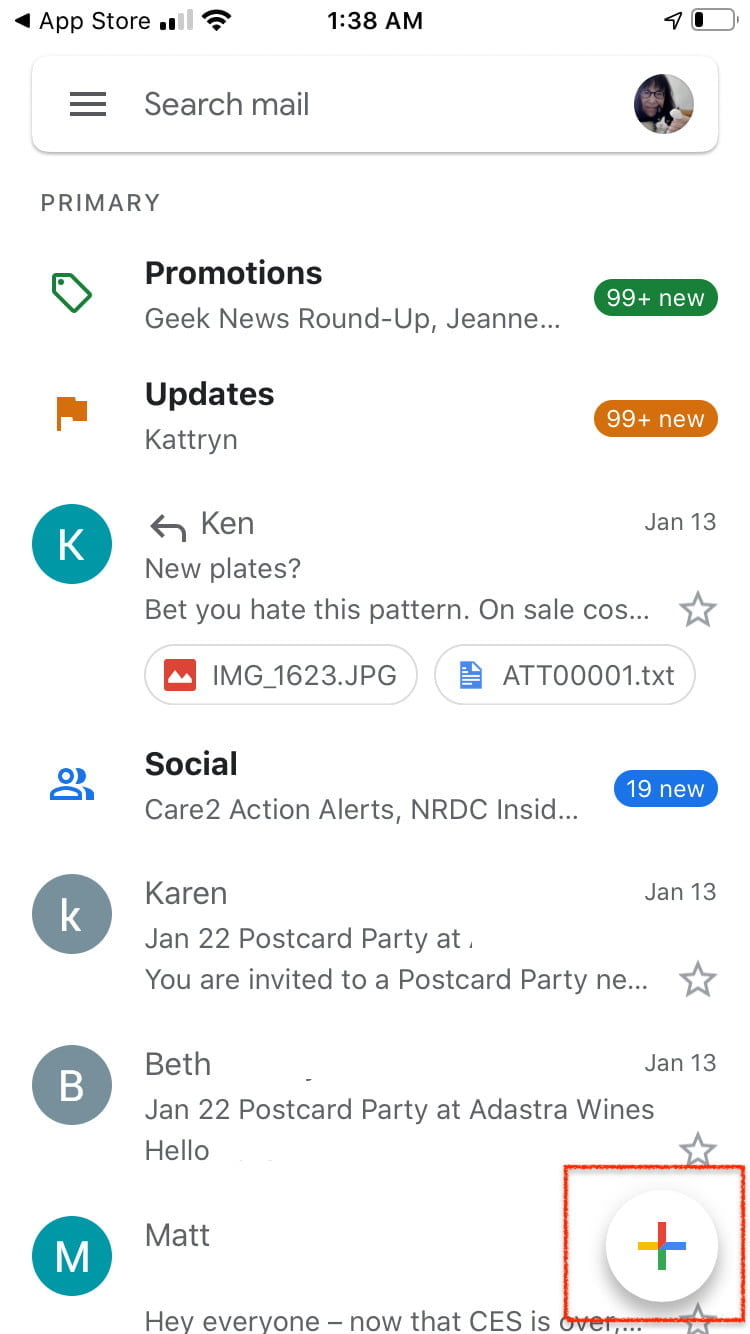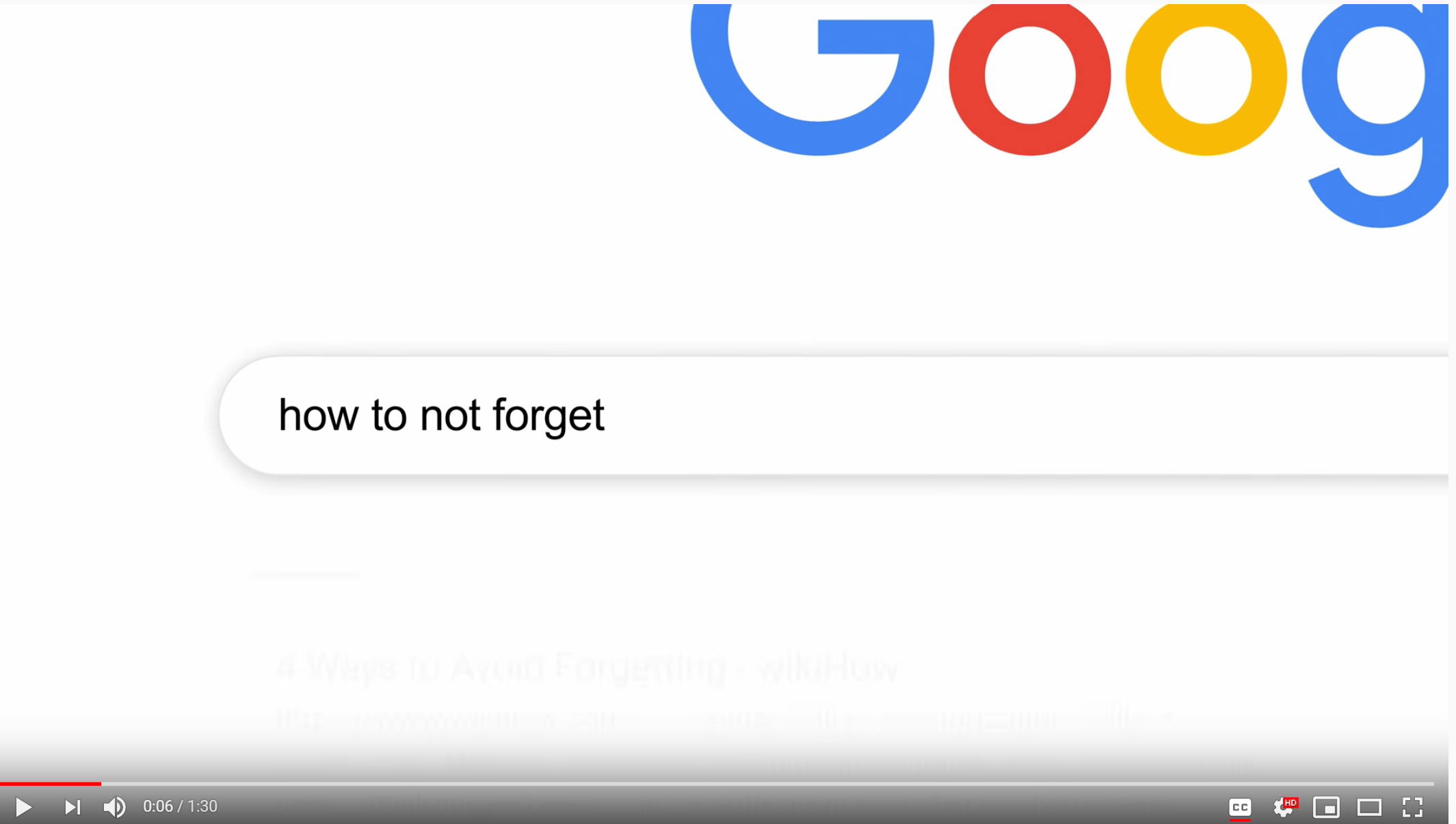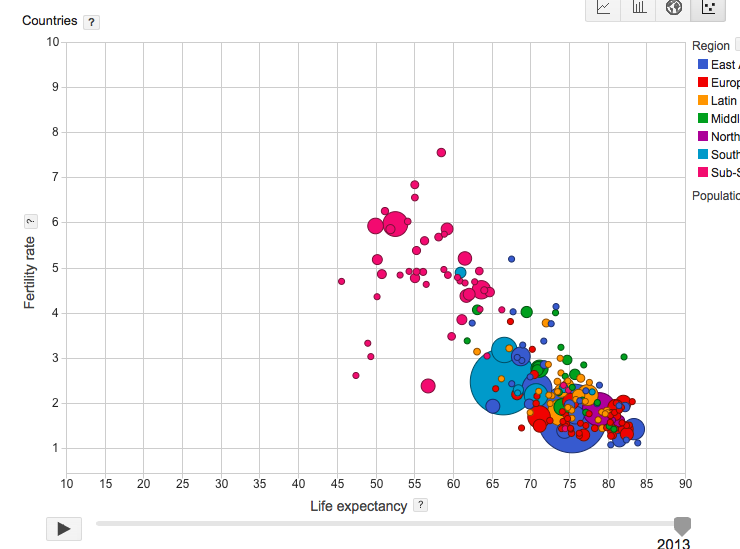#coronavirus #techhacks
Touching is tangency. We didn’t realize how much we touched stuff until health and life demanded you pay attention. Realizing how much you touch stuff other people touched is really creepy.
There can be an app for that – touching too much. Your phone’s sensitivity can pick up how much you touch things – door handles, drinking & eating, your wallet, private/public transportation/buildings. It knows your meeting sked. It can remind you to wash hands or wipe down surfaces. At given intervals too, it politely says, “You need to wipe me down too; I’m getting kinda funky.”
There’s also already an app for one of the dominant touch activities – paying for stuff. ApplePay and GooglePay (did you know you can add money as an attachment with gmail??) already provide touchless options for transactions from your phone. Even before the outbreak, I cringed whenever I pulled out a credit card for payment. Either the cashier is touching it (who touched a hundred before) or I’m touching a kiosk innumerable people before me have. Contactless is exactly that – no touching! Although quite prolific in Europe, many kiosks in the US have the symbol but it isn’t active. Having universal contactless transactions would hack a major TOUCH vulnerability.
Up next: Your health record: you can take it with you







